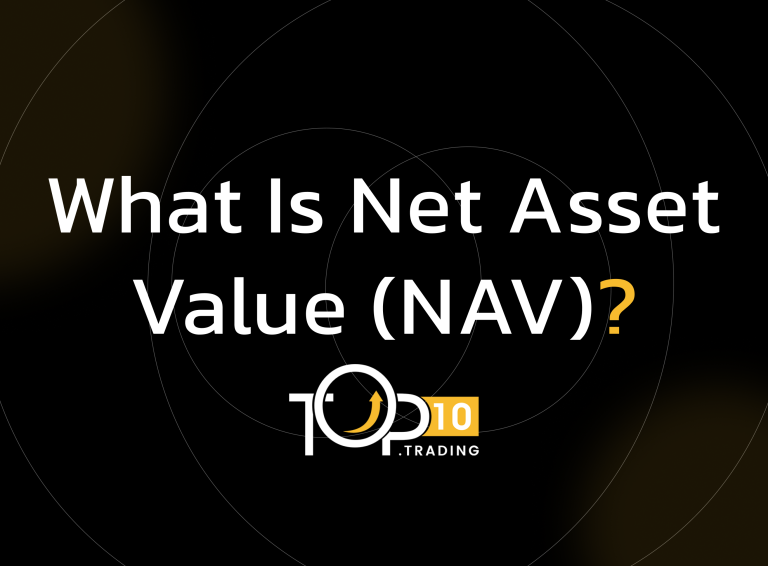Net Asset Value (NAV) Definition

Net Asset Value (NAV) is the total value of a fund’s assets minus its liabilities, typically expressed on a per-share basis. It represents the price at which shares of mutual funds, ETFs, or other pooled investment vehicles are bought or redeemed. NAV is a key indicator of a fund’s value and is usually calculated at the end of each trading day.
Key Takeaways
- NAV is the per-share value of a fund, calculated as assets minus liabilities.
- It is commonly used in mutual funds and ETFs to determine share price.
- NAV changes daily based on market movements and fund activity.
- It helps investors assess the performance and value of fund holdings.
- NAV does not reflect the market price for ETFs, which trade like stocks.
How Net Asset Value (NAV) Works
NAV is calculated using the following formula:
NAV = (Total Assets – Total Liabilities) / Total Number of Outstanding Shares
For mutual funds, the NAV is updated at the market close each trading day, based on the closing prices of the fund’s holdings. While mutual fund transactions occur at the NAV price, ETFs trade on exchanges at market prices, which can be slightly above or below NAV due to supply and demand.
NAV is crucial for investors evaluating whether a fund is overvalued, undervalued, or fairly priced relative to its assets.
Examples of Net Asset Value
-
A mutual fund with $100 million in assets and $10 million in liabilities and 9 million shares would have a NAV of:
($100M – $10M) / 9M = $10/share - An ETF with a NAV of $25.00 may trade on an exchange at $25.10 due to market demand.
- A trader tracking NAV changes over time to analyze a fund’s performance relative to benchmarks.
Benefits of Net Asset Value
- Transparent Valuation: Offers a clear, daily snapshot of fund value.
- Investor Confidence: Ensures fair pricing for buying/selling fund shares.
- Performance Tracking: Helps compare returns across funds or benchmarks.
- Efficient Management: Enables fund managers to monitor capital flow and asset performance.
Costs and Limitations
- End-of-Day Pricing: NAV is not updated in real time, unlike stocks or ETFs.
- No Supply/Demand Impact: Doesn't reflect investor sentiment or trading volume.
- Misleading for ETFs: Market price may differ from NAV due to premium/discount.
- Not an Indicator of Growth Alone: A high or low NAV doesn't imply good or bad performance.
Who Uses Net Asset Value (NAV)?
NAV is used by fund managers, retail investors, financial advisors, and analysts to evaluate fund performance and determine entry or exit points. It’s especially important for mutual funds and index funds, where it represents the actual share value at the end of each trading day.
